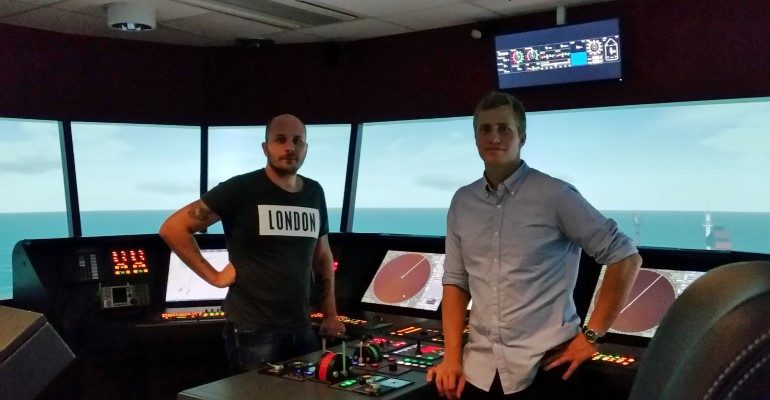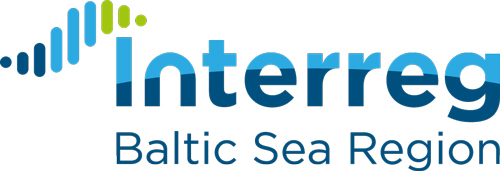Simulations will create insight into how humans and technology interact
Many accidents at sea are caused by human factors. Sea Traffic Management (STM) services aims to reduce this number, and - by measuring human performance and observing traffic safety and efficiency patterns - we know exactly how. Simulations will help to understand how people interact with technology in order to reduce the number of accidents caused by human factors.
The terms ¨Ergonomics¨ (E) and ¨Human Factors¨ (HF) are often discussed, but rarely understood, in the general engineering and innovation arenas. Accidents and ¨near misses¨ are often blamed on the operator; errors in judgement and action are typically attributed to fatigue and/or poor situation awareness. Poor usability of equipment or the lack of transparency for the informationoperator provided via automated systems often results in technologies gathering dust at the back of the bridge. Ergonomics/Human Factors (E/HF) can contribute to both operational safety and the ¨business case¨ in the STM Validation project. The project has organised a diverse group of stakeholders and offers an inter-disciplinary lens for the work involved.
The simulation trials will include (E/HF) assessment of operator and team performances using the STM ¨tools¨. What are some of the results to be expected from these efforts? By measuring human performance and observing traffic safety and efficiency patterns, the trials should help project team members understand:
• Whether software interfaces are user-friendly (i.e. usability);
• Whether the workload is decreased and situational awareness improved;
• Whether navigational safety is improved by correlating numerical estimations of risk/safety to operator decision-making, among other issues.
Simulation environments provide E/HF specialists with a research environment that can be controlled and repeated. The opportunity, ¨in real life¨, to watch an accident unfold is rare! Even measuring ¨near-misses¨ can provide insight into how humans and technology interact. E/HF is both an art and a science and simulation trials allow us to create challenging scenarios while not putting personnel and assets at risk. We can observe how individual and teams work and, furthermore, better understand how they operate in complex socio-technical systems. Repeating this with different participants is important as humans may arrive at the same decision but the process of getting there can be quite varied. This variability helps us better understand how people interact with technology to create safety and efficiency.
From the business case perspective, feedback to information technologists is critical. Opportunities to make changes to the human-machine interface, the physical layout of equipment and the manner in which information is shared in joint activities and how common ground is established within a system will improve the quality of the design, move innovation towards technical readiness and help with end-user adoption of the technology.







